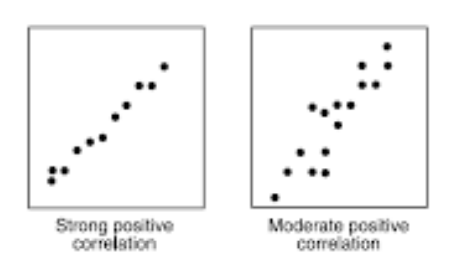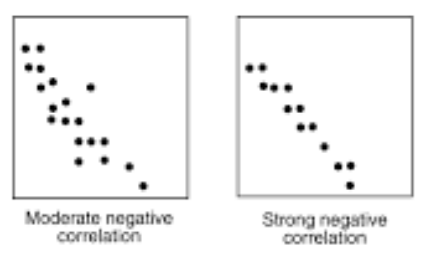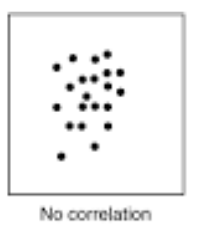A couple dining at a restaurant receives a bill for $38.40. They wish to leave a 15% gratuity. Which of the following is the estimated gratuity?
A. $4.00
B. $6.00
C. $5.00
D. $7.00
When dealing with percent problems, the following is utilized to find the unknown variable.
- Is means equals
- Of means multiply
- What means unknown (variable)
From the problem above, we are looking for the amount of gratuity the couple can leave.
Let t be the amount of gratuity. Translating into an equation, we have
The gratuity is 15% of the total bill, which becomes

Here, of means multiply and we also convert percent into decimal before multiplying.

So, the value of t=5.76
Thus, a couple will leave a gratuity of $5.76, which is about $6.00.
Therefore, the Correct Answer is B.






